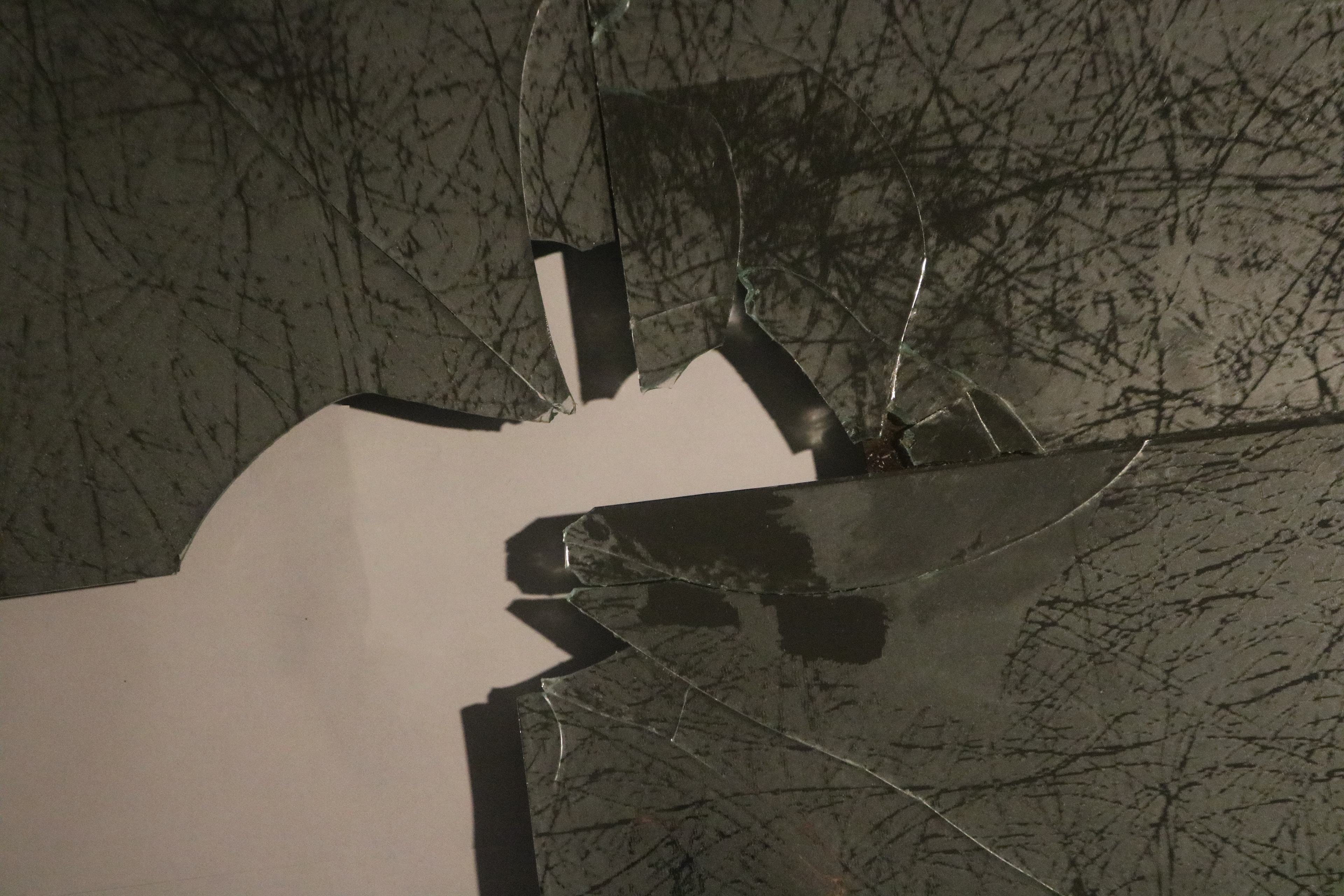
Plans for Draft 1
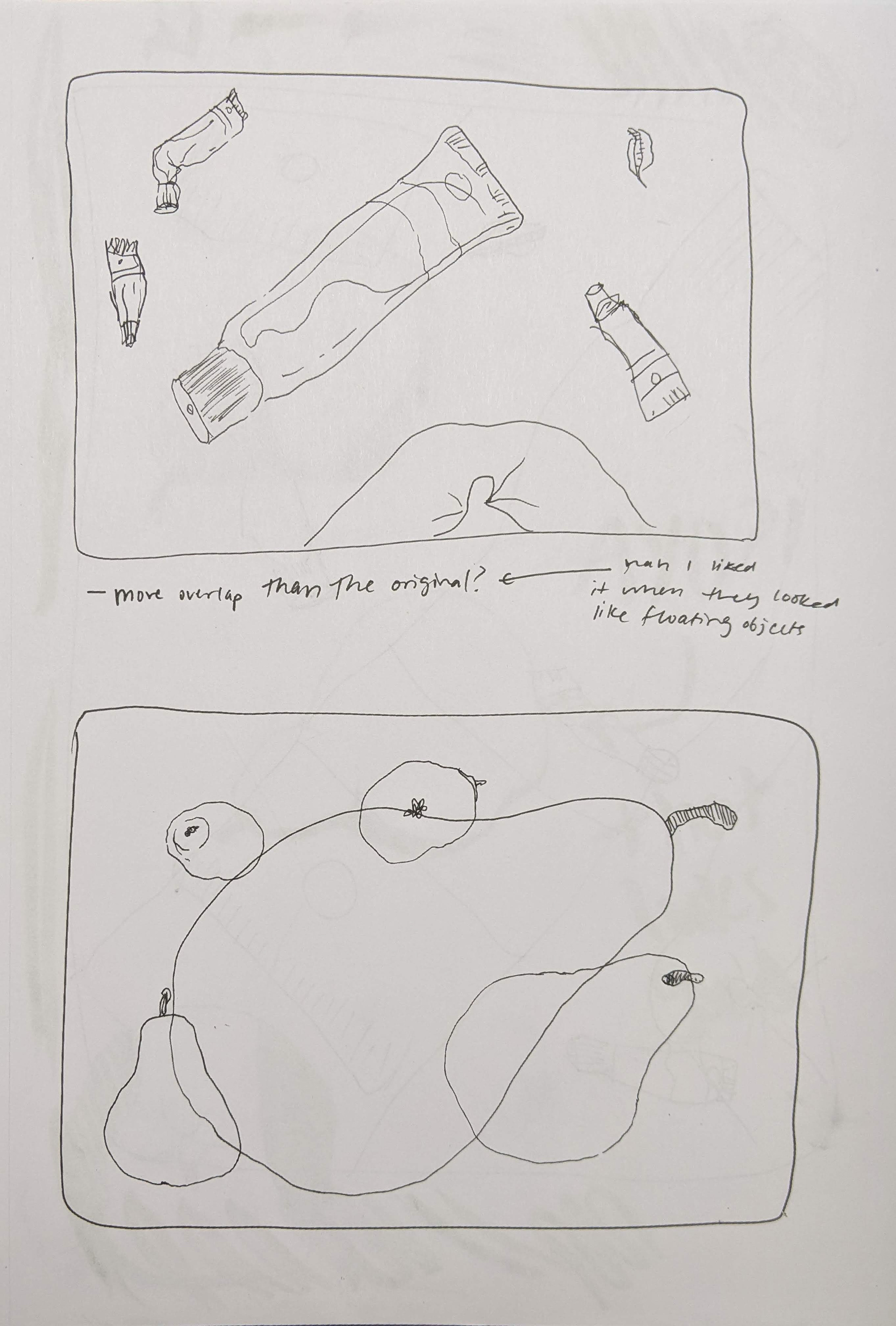
Plans for Drafts 1 and 2
Pencil on paper, 8.5in x 11in.
ANALYTICAL ABSTRACTION DRAWING - PLANS
Choose different objects for each of the three drafts. Draw contour line drawings of this object from every possible angle.
Choose different objects for each of the three drafts. Draw contour line drawings of this object from every possible angle.
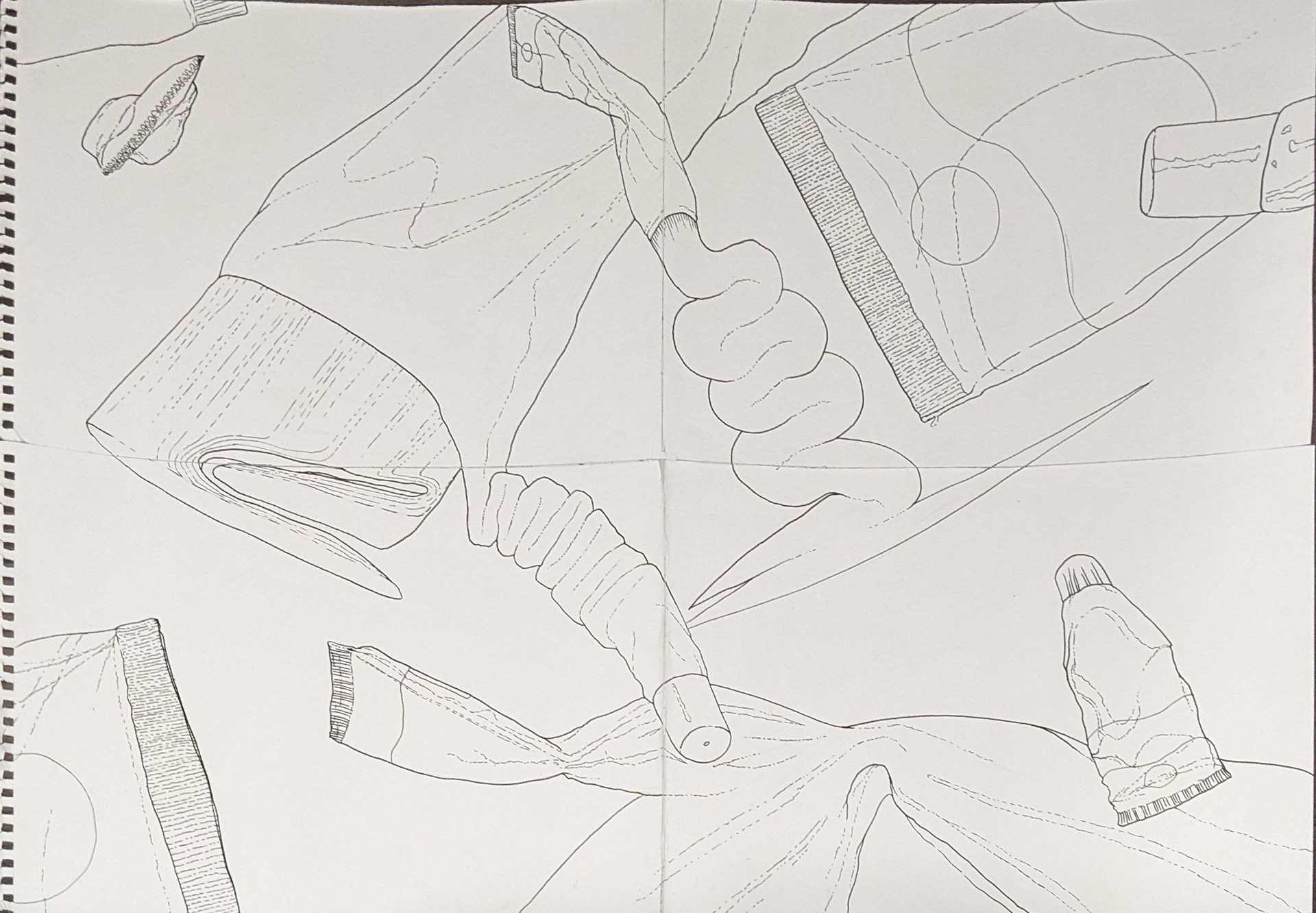
Draft 2

Draft 3

Draft 1
Pen on paper, cut into 1/4ths and taped back together, 18in x 24in.
ANALYTICAL ABSTRACTION DRAWING - DRAFTS
Choose different objects for each of the three drafts. Fill up the entire page, change angles, size and overlap the line drawings. Your focus should be not only on variety but also on scale change. Cut the sketch into 4 or more equal sized rectangles that may be rearranged and put back together to form a new drawing the same size as the original. Work back into this sketch to fill in the gaps, join lines, and erase congested areas.
Choose different objects for each of the three drafts. Fill up the entire page, change angles, size and overlap the line drawings. Your focus should be not only on variety but also on scale change. Cut the sketch into 4 or more equal sized rectangles that may be rearranged and put back together to form a new drawing the same size as the original. Work back into this sketch to fill in the gaps, join lines, and erase congested areas.
I picked 3 objects that I regularly interact with and are familiar to me: Pears, Chapstick, Headphones.
I chose to use the pear draft for the final piece because my personal connection was the strongest.
Pen on paper, 22in x 30in.
ANALYTICAL ABSTRACTION DRAWING - FINAL
Re-create your strongest draft in ink or charcoal. Your final drawing should be completed in charcoal or ink and should include shading and tonal shifts that imply volume, a light source and depth.
Re-create your strongest draft in ink or charcoal. Your final drawing should be completed in charcoal or ink and should include shading and tonal shifts that imply volume, a light source and depth.
Pears are a fruit that have a special place in my heart. When my mom apologizes to me she often does so through acts of love, often giving me food. Pears are my mom's favorite apology fruit.
I think the abstraction of this exercise conveys my turbulent but loving relationship with pears.

Graffiti vinyl cut out

Ballard and street light vinyl cut out

Flower vinyl cut out
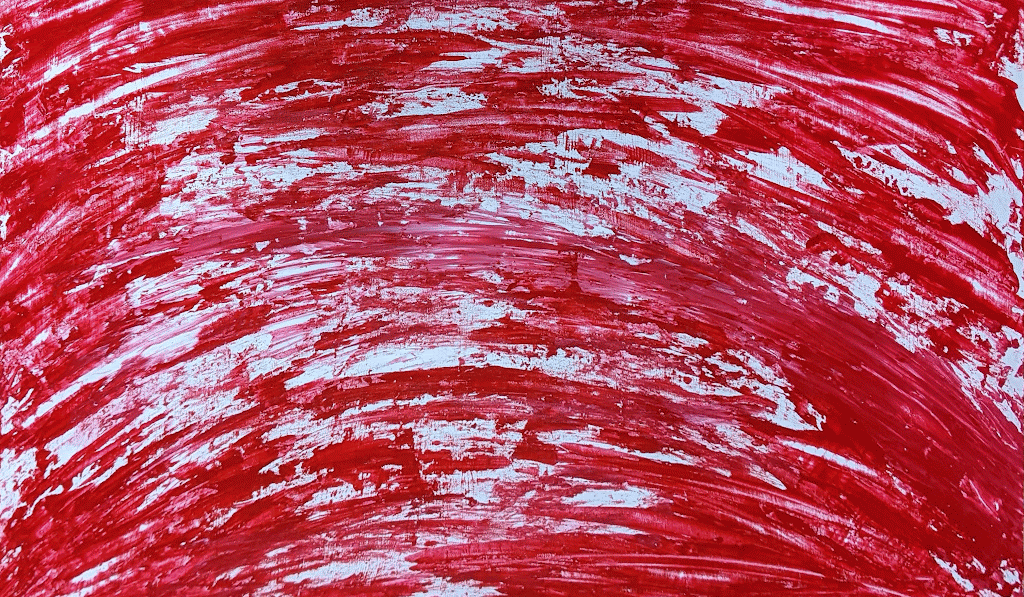
Process
Acrylic paint on gessoed hardboard, images painted with the use of vinyl stencil cut outs, 18in x 24in.
COLLECTED SHAPE
Collect shapes from inside and outside, use both positive and negative space. Using either all or just a selection of these shapes compose mock-ups. Select either one or multiple mockups to create a final composition.
Collect shapes from inside and outside, use both positive and negative space. Using either all or just a selection of these shapes compose mock-ups. Select either one or multiple mockups to create a final composition.
I was limited to found shapes for this project. I decided that I wanted to create a visual that was vaguely reminiscent of religious and revolutionary imagery without using any shapes that were directly linked to these ideas. The one shape that toes the line is the graffiti tag, "babel" which references the bible and is inherently an act of defiance against authority as graffiti. But, I think this grain of honesty helps sell it.
I incorporated a graffiti tag, flowers, bollards from in front of the Altria Theater, street lamps, and a keyhole in my composition. Symmetry was important in uniting all these shapes together. I applied thin layers of acrylic matte medium with plastic wrap to create a rough texture. I also mixed the matte medium with all the paint I applied. I used Adobe Illustrator to map out and then cut out vinyl stencils for the shapes this piece.
I wanted the painting to be matte to make it resemble a mural. I hope to evoke the feeling of trying to decipher a secret message.
ICONIC IMAGE COLLAGE - PLAN
Select an iconic image, historical event, or artistic genre or subject matter for reference in a collage. This could be a painting, sculpture, or photograph. The final collage may be a direct recreation of an original work in collage form (using the same composition but different materials), or a reinterpretation of the works subject or genre. You should be able to briefly discuss the cultural and historical significance of the subject you choose to depict.
Select an iconic image, historical event, or artistic genre or subject matter for reference in a collage. This could be a painting, sculpture, or photograph. The final collage may be a direct recreation of an original work in collage form (using the same composition but different materials), or a reinterpretation of the works subject or genre. You should be able to briefly discuss the cultural and historical significance of the subject you choose to depict.
The iconic image I selected was of Rosenblatt's Perceptron, the first neural network. It was a precursor to the deep learning models that are widely used today. The perceptron algorithm was one of the first machine learning algorithms to be developed. It helped develop of the field of artificial intelligence.
I used Adobe Illustrator to separate the image into binary values: black and white. Then I engraved a historic image of Rosenblatt posing along side the Perceptron onto 3 mirrors with a laser engraver. All the black values were engraved upon. I wanted the pieces of Rosenblatt's face and hands to remain reflective. I planned to place mirror with wires at the corner, with both pieces of Rosenblatt (face, hands) peaking over the outer edges of the collage.

Process of Breaking Mirrors (21 years of bad luck)
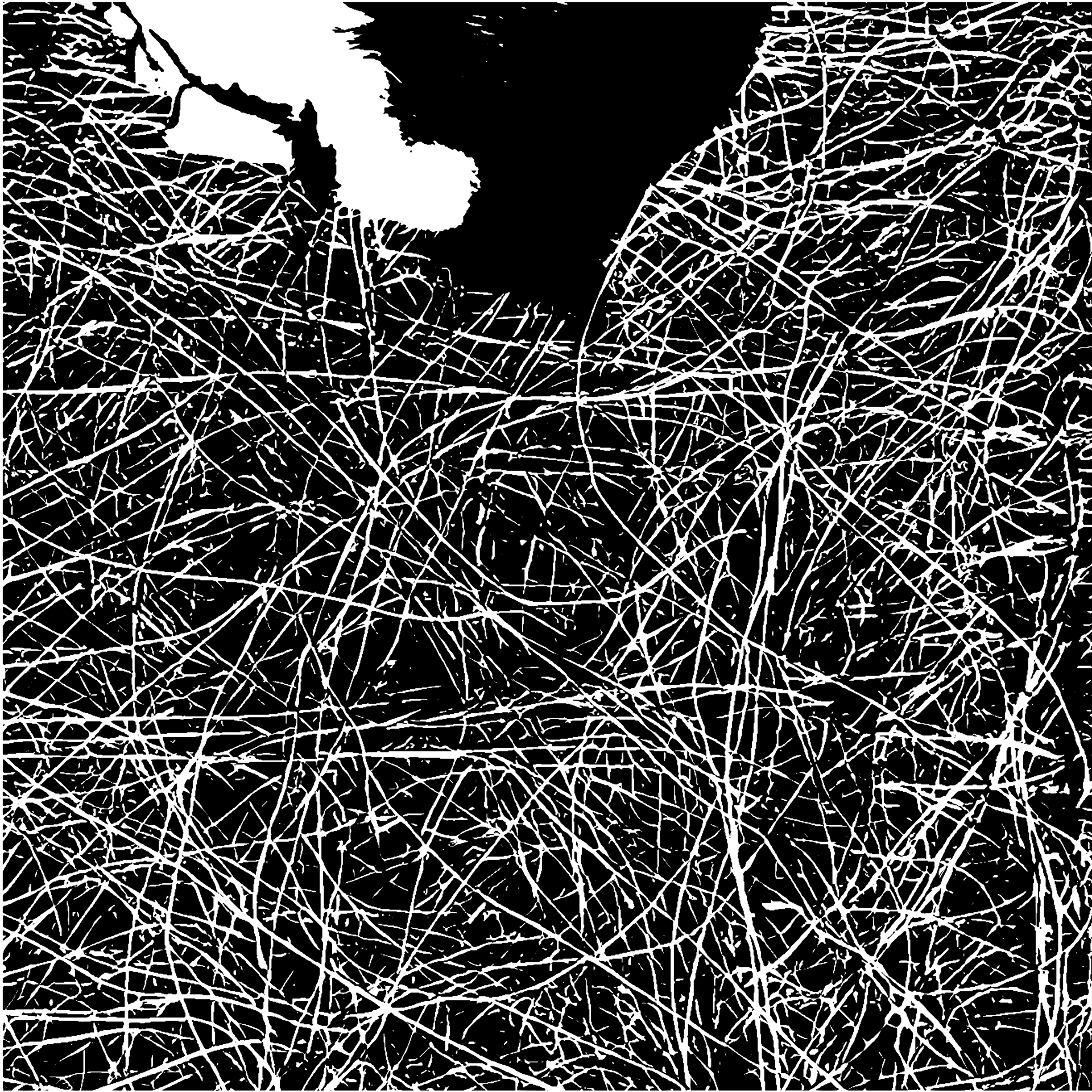
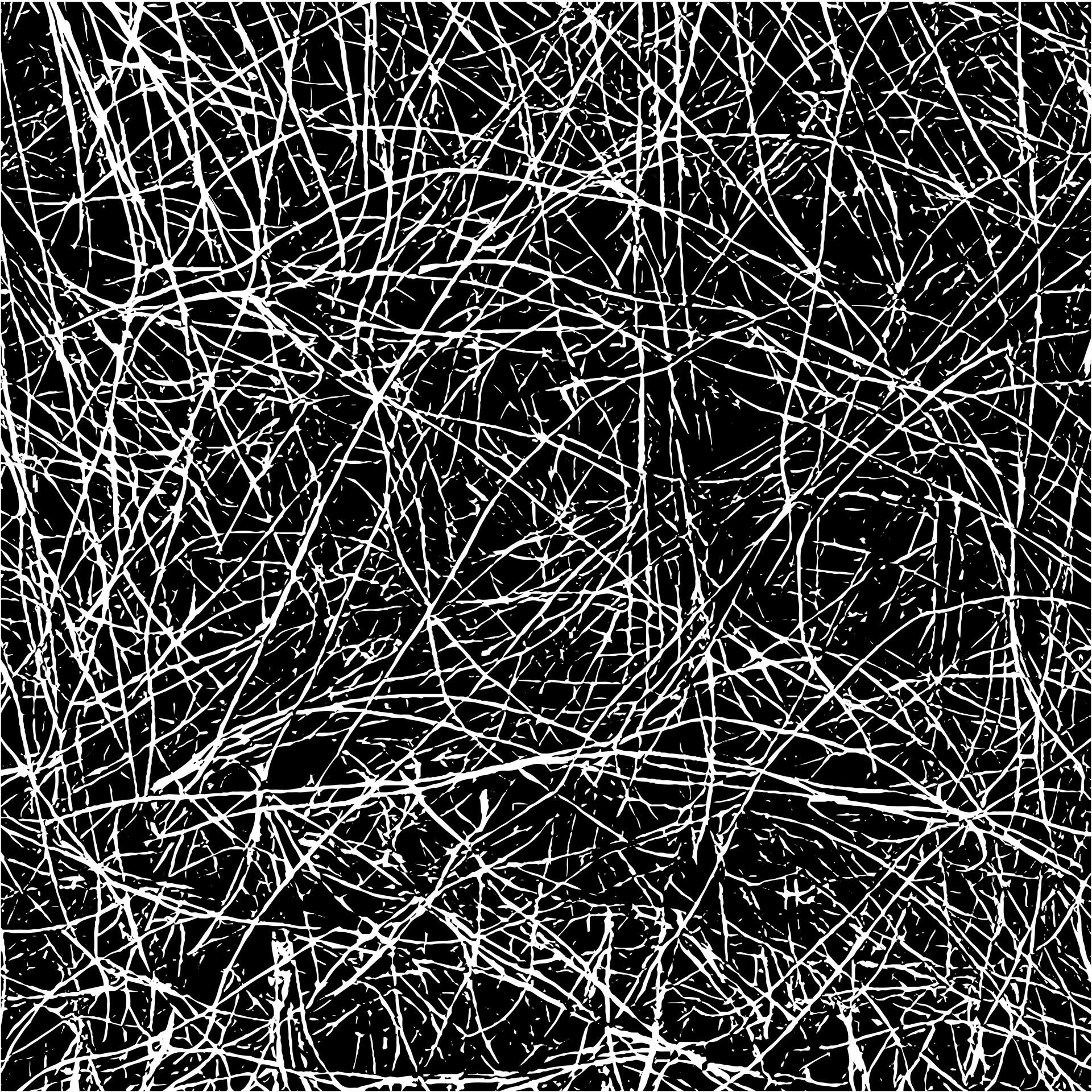
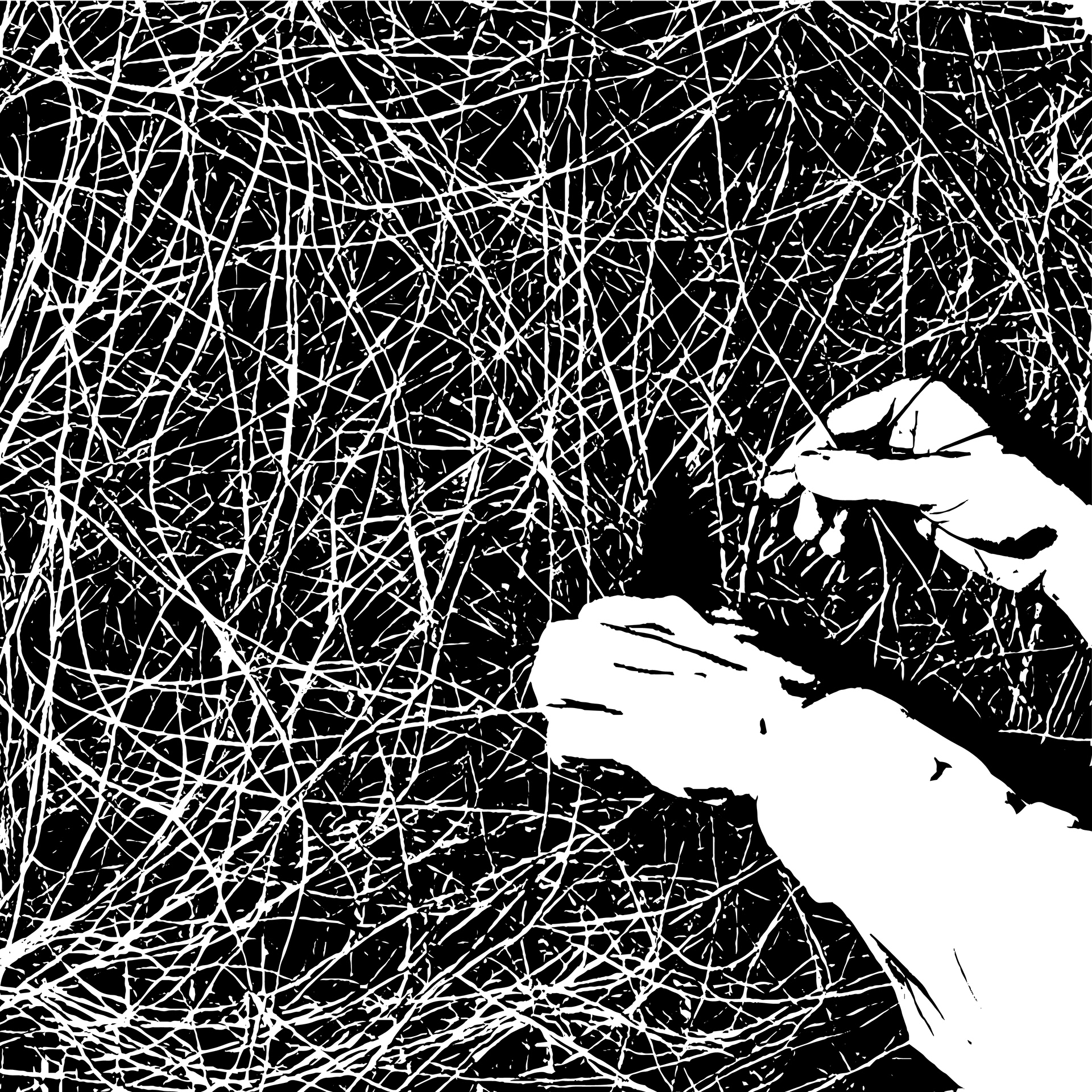

Diagram of the Composition Plan (Excluding crack in the center)
Laser-engraved mirrors on a masonite backing. Cracked center is held together with adhesive. Each mirror is 12in x 12in, takes up approximately 24in x 24in of wall space.
Mirror Surface area: 432in
ICONIC IMAGE COLLAGE - FINAL
Using a variety of materials you will construct a collage that either reinterprets or depicts an
iconic image or work of art.
Using a variety of materials you will construct a collage that either reinterprets or depicts an
iconic image or work of art.
This piece stretches the definition of a collage a little bit.
With the recent release of ChatGPT, and the opening of DALL-E for public use, the advancement of AI is on everyone's minds. In this piece, I aim to illustrate how modern day AI is approaching the point where AI generated writing, images, or code are indistinguishable from the work of people.
The reason that the mirrors are engraved where they are is to illustrate a duality: Reflection and Frosted Glass. Man and Machine. Machine engraving obscures an observer's reflection. The human elements: parts of the wires (assembly of the perceptron) and Rosenblatt's hands and face, remain entirely reflective. An observer can only see themselves reflected in bits and pieces of the work.
I wanted to represent an impossible task, an unsolvable puzzle. I considered incorporating puzzle shapes into the engraving design, but I decided against it. Jigsaw puzzles imply that there is a solution and an end point. Once a mirror shatters, there is no way to fix it: that is impossible. I aimed for the cracks in the mirrors to look as if they were approaching the center, as if they were slowly fusing back together. Approaching a seemingly impossible goal, the point where AI will become indistinguishable from us.
I had some shortcomings in this project, and if I were able to redo it I would change these things:
The adhesive holding the broken mirror did not cure fast, and it spread across the surface of the mirrors. This made the subtle engraving even more difficult to decipher. Next time, I would give it two full days to cure.
I also did not align the Masonite backing correctly and some of it peeks through the broken shards at the center. Next time, I will allow the adhesive to cure to allow for more control when adding a Masonite backing.
The outside edges do not align as I planned. This was because of the adhesive too: The broken parts needed to be supported by the backing further towards the center than I anticipated. Next time I'll let the adhesive cure!!
I only prepared 3 mirrors for engraving, and the laser engraver glitched and engraved the image of Rosenblatt's face on two mirrors. This was unexpected and forced me to improvise with the composition. Next time, I will triple check the engraving is correct before it is too late and give myself extra time to correct any mistakes.
